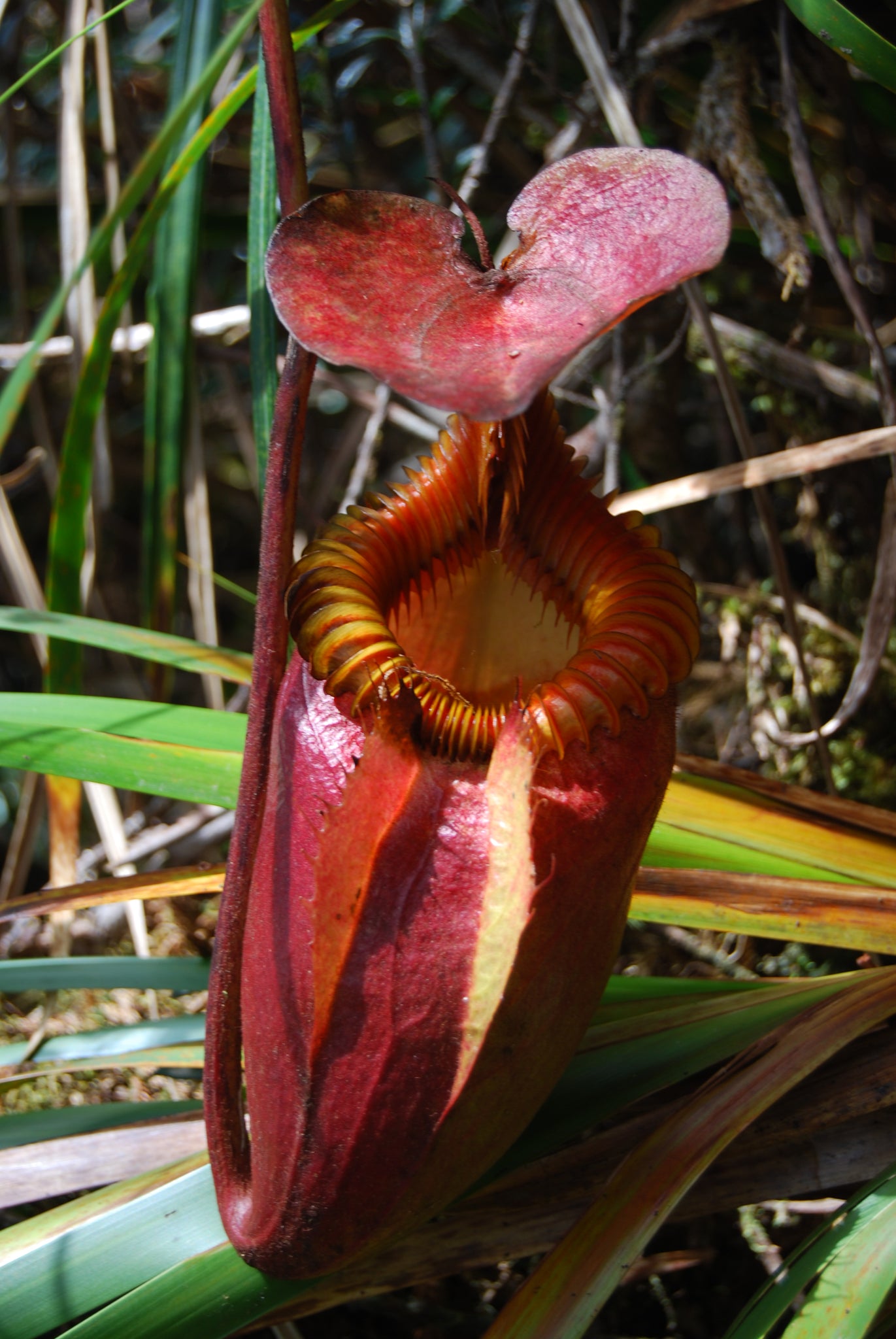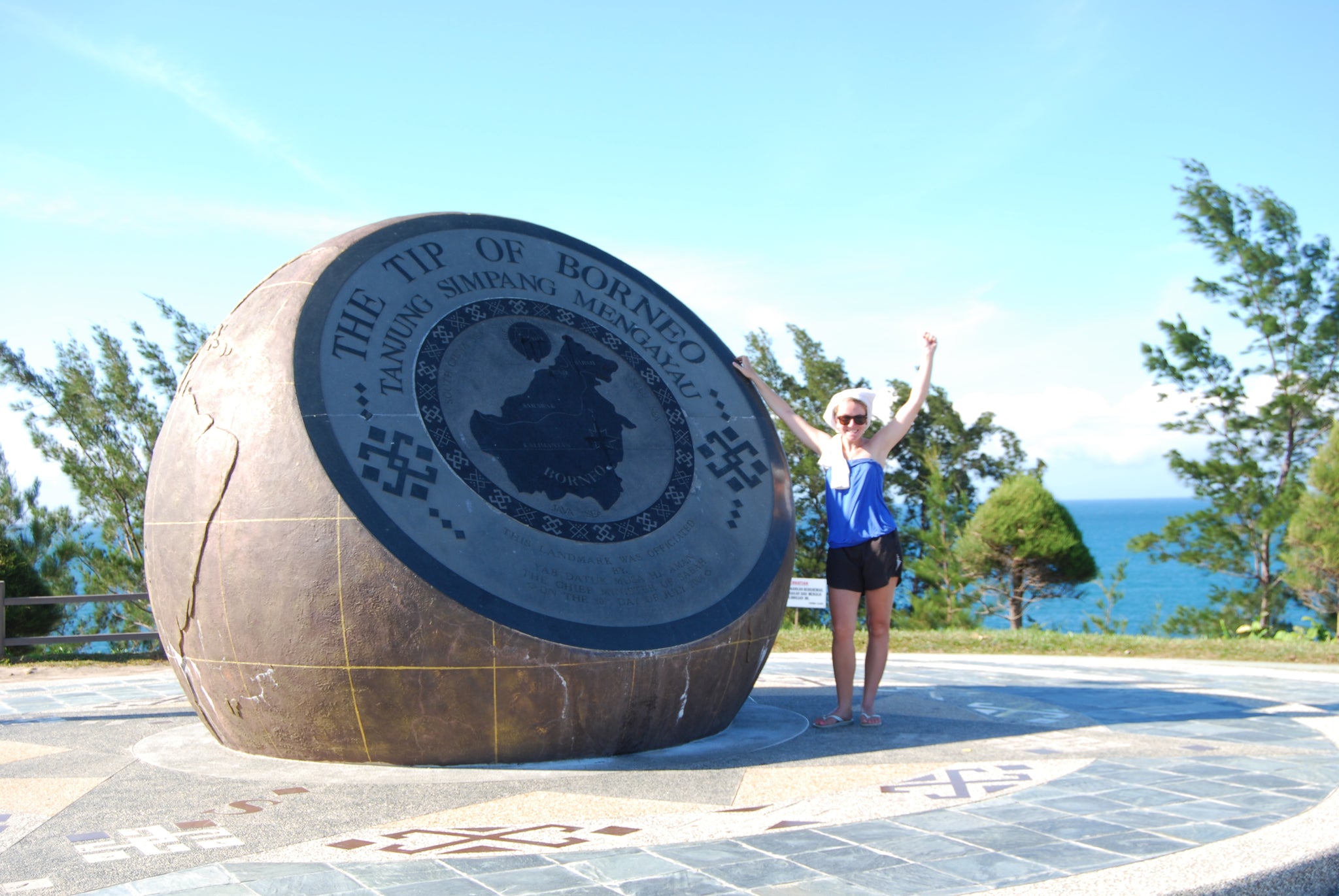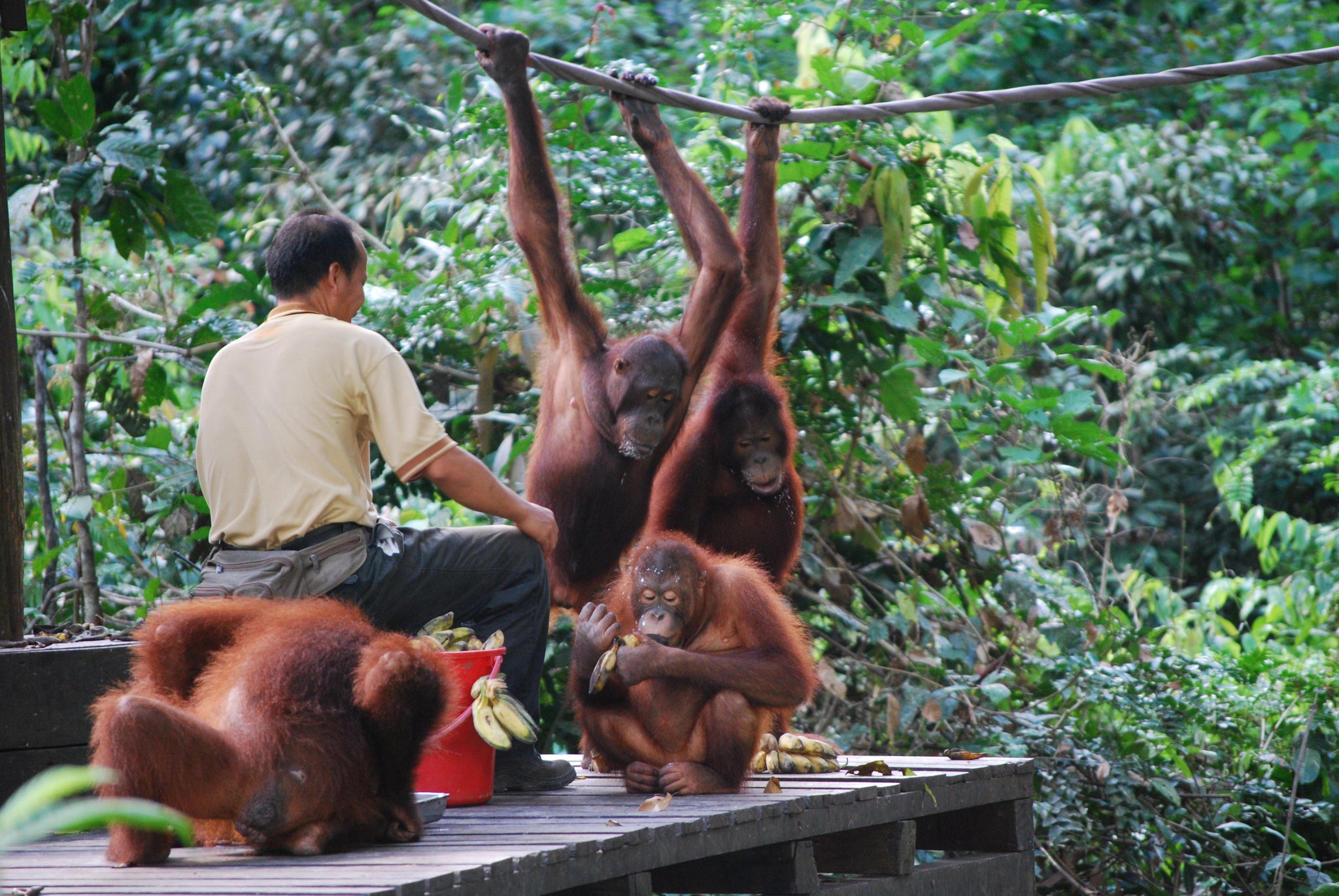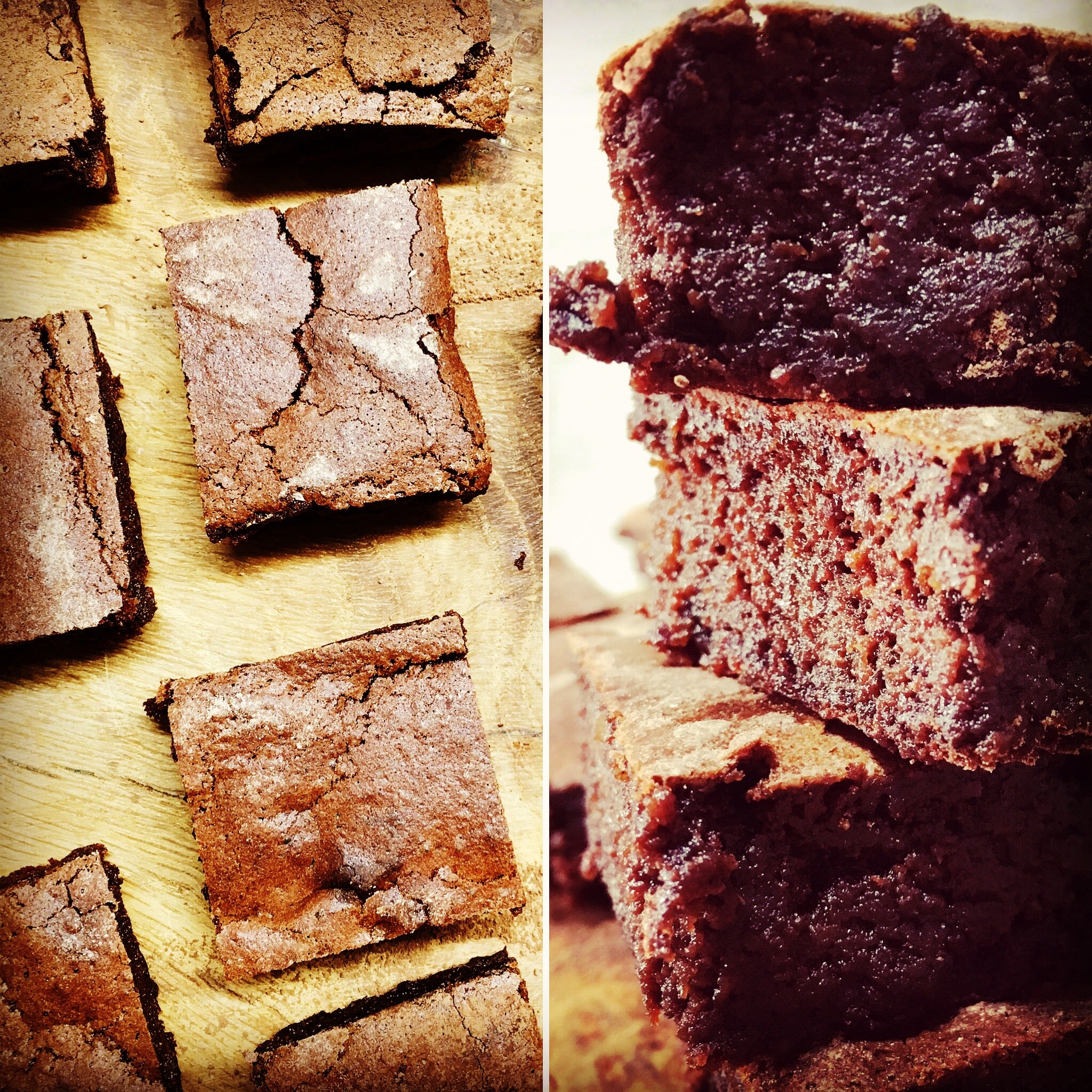Word of the Week - 70%

Do you know what the percentage means on a chocolate bar? To be able to explain this we're going to have to look at some chocolate terminology.
Cacao Mass - is used to describe all products coming from the cacao pod. This includes cocoa butter and cocoa solids.
Cocoa Butter - is the fat content of the cacao pod.
Cocoa Solids - is the dry content of the cacao pod.
When we talk about 70% chocolate it means the total percentage of ingredients by weight that come from the cacao bean (cacao mass). The other 30% is generally made up of sugar, but also sometimes other flavouring ingredients, such as vanilla. The 70% is made up of a mixture of cocoa butter and cocoa solids. Now if you're eating a square of 70% chocolate as part of a healthy diet then it is the cocoa solids that you want. This contains the antioxidants and health properties that researchers talk about when they say chocolate is good for you (to be discussed - this deserves a separate post all together!)
The problem is you won’t find a breakdown of solids versus butter on your packaging. This varying ratio contributes to the difference in flavours when comparing two 70% chocolate bars, but more importantly so does the origin and how the chocolate is processed from bean to bar. So it's not always true that chocolate with a high percentage has to be bitter. Generally a higher percentage correlates with higher quality chocolate, simply because there is less ‘other ingredients’ there to mask the flavour of any low quality beans. There should really only be cacao mass and sugar in a 70% chocolate.
If someone says they don't like dark chocolate we challenge them to try our 70%, because we know it’s not like any other. We use 70% chocolate in all our bars and bonbons because it tastes so damn good! We can also tell you that it contains 61% cocoa solids compared to 9% of cocoa butter. Good for you and delicious?! Oh go on then…
Borneo

People are becoming more discerning when it comes to reading the ingredients on packaging and more and more manufacturers are highlighting the fact that their product is free of one thing or another. This is usually due to a large number of people having intolerance's or allergies. But there is another ingredient that is often listed as 'free' for a completely different reason, and that is palm oil. It is a type of vegetable oil that is found in almost every other processed food found in the supermarket. It mainly appears in baked goods such as biscuits; confectionery such as chocolate; cosmetics such as shampoo and household cleaning products. Go and have a look in your cupboard and you are guaranteed to have products in there containing palm oil.
So why do we, among many other manufacturers, promote our products as palm oil free? Because 6 years ago we visited Borneo. We went there to climb Mount Kinabalu and camp in the rainforest, like you do on a 6 day mini-break travelling from Auckland to London. Whilst there we learnt many things…

...like getting up at 3am to crawl to the top of a mountain only to have to wait half an hour clinging to the edge of a sharp rock in the freezing darkness with limited amounts of oxygen in the air, just to see the sun rise, probably wasn't a good idea…

...and not to believe the man at the scooter shop that the ride to the tip of Borneo will only take 4 hours when actually it took 7 hours… on a scooter!…

...and, more relevant here, we learnt about the effects of palm oil. The biggest producer of palm oil is Indonesia, closely followed by Malaysia. Did you know Indonesia is the THIRD LARGEST contributor of greenhouse gases after China and the US because of palm oil! Vast areas of primary rain forest in both Indonesia and Malaysia are burned to make clearings for palm oil plantations, not only resulting in huge amounts of pollution and deforestation but also the extinction of species and forcing people from their homes. We visited the Sepilok Orangutan Rehabilitation Centre in Sabah where they care for orangutans that have been displaced from their homes because of forest clearing. We were told about the most awful treatment of these animals, all in the name of palm oil.
So should we stop buying all products that contain palm oil? Yes that would be great! But highly unrealistic, unless you follow a diet where you only eat food you have personally prepared in a cave over a fire you started by rubbing two sticks together. To start with even the ingredients listed on packaging can be misleading because there are no regulations that require palm oil to be declared! So that chocolate bar that has a sell by date far longer than is naturally possible, that says vegetable oil on the back, is most likely to actually be palm oil. It's used (mainly in mass produced chocolate) as a cheap alternative to cocoa butter. So it’s not real chocolate anyway, in our professional opinion! So the next time you choose a chocolate bar and you have the option to go ‘palm oil free’, don’t just think about the orangutans, but also about the quality of the chocolate you are eating.
Nico's Ultimate Chocolate Avocado Brownie

Being the wife of a pastry chef, I often get asked do I get amazing desserts made for me all the time at home? Ha! No. Chefs typically work long hours, so the thought of whipping up a quick creme brûlée when they get in from a 12 hour day is pretty rare. So to save myself from much embarrassment when I attempt to impress my other half with what I think are delicious sweet treats, the best solution is to ask for a recipe from the professional himself. Except when Christmas mince pies are called for and then a French pastry chef just doesn't cut it, sorry. So this week we are sharing with you a favourite recipe from Nico that even I can pull off.
60 g Free range organic egg yolks (about 3 medium size eggs)
115 g Organic coconut sugar (1)
170 g Ripe avocado flesh (about 1 large avocado)
90 g 70% dark chocolate
115 g Organic coconut sugar (2)
40 g Ground almonds
10 g Dutch cocoa powder
90 g Soft peak whipped egg whites
Melt the chocolate over simmering water, mash and mix in the avocado flesh.
Mix egg yolks and coconut sugar together (1) and add to the avocado-chocolate mixture.
Mix in the coconut sugar (2), the ground almond and the Dutch cocoa powder.
Whip the egg whites into soft peaks and fold into the mixture.
Pour into a baking dish lined with baking paper and bake in the oven at 175 C for 30 minutes.
Turn out onto a wire rack and leave to cool, then portion into squares.
Store in the fridge in an airtight container, but enjoyed best at room temperature.
These brownies are gooey and rich and have the added benefit of being gluten free and dairy free. Avocados are hot property at the moment here in Auckland, so if you're wanting to save a few bucks and are not fussed about keeping the brownies dairy free then the avocados can be replaced with butter. Just as yum, but you can't eat as many without feeling naughty. Enjoy!
Word of the week - Cacao

Image courtesy of National Geographic
Chocolate grows on trees. Not the rectangular segment kind or the gooey truffle kind, but in the form of a pod holding seeds called cacao beans. The tree is called Theobroma Cacao.
Cacao (pronounced ka kow) as opposed to cocoa (pronounced koh koh) becomes cocoa once it has been processed. Confused?! This is why many raw chocolate products you see are called cacao because it hasn't been through the roasting process.
The two words are regularly used interchangeably, whether rightly or wrongly. If it’s something you feel strongly about, this is an interesting article that asks chocolate experts for their personal take on the difference between the two. I particularly like the uppity comment by a famous chocolatier in the US, Jacques Torres: ‘cocoa means nothing to me’ and the comment further down that says ‘folks who look down their nose at others because of word choice are snooty-patooties’. I must try to use snooty-patooties in a normal sentence this week.
Anyway, back to the beans… there are three main types. Now concentrate, because there will be a test at the end.
- Forastero - Most chocolate is produced using Forastero beans. They are the most disease resistant variety, resulting in mass production and guaranteed sales for farmers. It is less expensive because of its high-yielding qualities. Meaning ‘foreign’ in Spanish, it originated in the Amazon. Most likely to be found in cheaper chocolate and mixed with other ingredients to improve the flavour. It is responsible for around 80% of the worlds chocolate.
- Criollo - This type of bean is the hardest to farm and is only used in luxury chocolate because of its aromatic flavours and its price tag. Criollo means ‘native’ and originates from Venezuela.
- Trinitario - This is a cross-breed between Forastero and Criollo that originated in Trinidad. This is the bean most likely to be found in high quality dark chocolate and is sometimes mixed with Forastero beans to add a finer flavour.
If you rate yourself as a chocoholic you may think that the Forastero beans are worth avoiding, but flavour is not only effected by the type of bean but also by origin. Much like wine, chocolate can now be bought from a single origin which has a flavour profile given by the local soil, temperature, sunshine and rainfall. Not only this, but the way the chocolate has been processed also effects its flavour and this is why so many chocolate companies are now set up as bean to bar manufacturers so they can fully control the process. One day…
The Chocolatier

Our Nico has a passion for everything food. He trained in France, in the coastal city of La Rochelle. He started working as a pastry chef 18 years ago and has experience working with some of the best chefs in the world. One of them being French master chef Pierre Gagnaire. Nico was Head Pastry Chef to a team of 11 at the two Michelin Star restaurant, Sketch, in London. Here he adopted Gagnaire’s culinary philosophy: honesty, sincerity and integrity. Before this he worked in Relais & Châteaux restaurants in the USA and the Coutanceau group in France.
Nico was attracted to New Zealand because of his love for rugby and here he has worked as Head Pastry Chef for Kauri Cliffs and at Peter Gordon’s Sugar Club at the Sky Tower.
Each piece of Nico’s chocolate is hand crafted using his perfected skills, knowledge and creativity. His style is influenced by a variety of cultures and cuisine and his attention to detail and high standards means his chocolate will be some of the best you have ever tasted.


